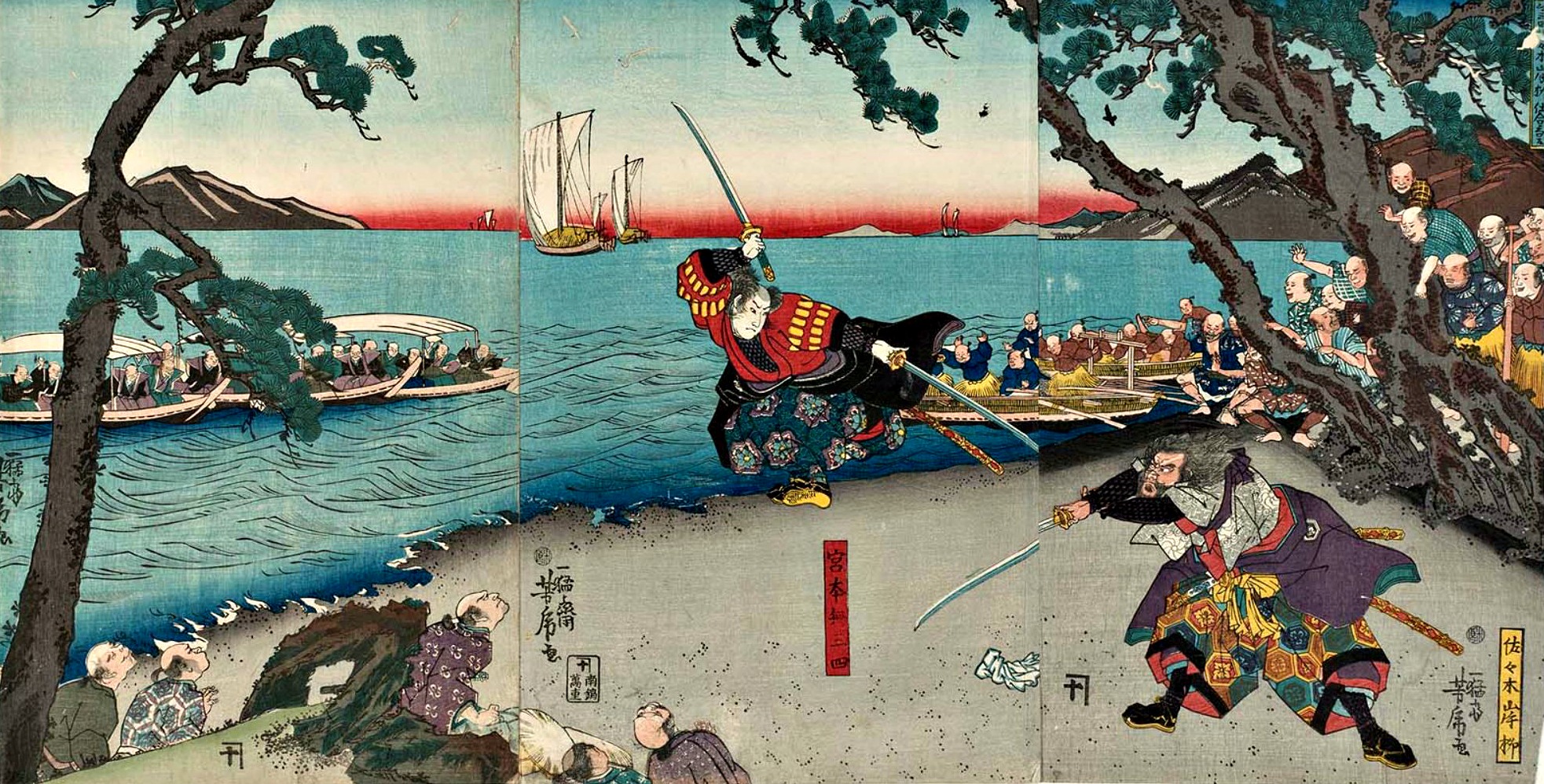If you can kick butt, does that make you a martial artist? Not necessarily.
The word “art” is etymologically related to the word “artisan”. To the renaissance man, something was an art because it is based on well-ordered principles. A sound art is able to efficiently and effectively achieve a desirable end through a seamless alignment with nature, as the fencing master Ridolfo Capo Ferro tells us. In this mode of thinking, art derives its beauty from its engineering.
I have seen successful fighters at work. Many martial endings can be achieved through presence, brutality, and an attitude that says “I’m a hammer and all problems are nails.” However, four piles of dirt can hold up a roof but it doesn’t mean they’re the most beautiful, or effective, solution to keeping the rain out.
There should be a craft, an artifice, to how a martial artist achieves their end. I don’t mean that the value of someone’s martial art should be judged on its extrinsic beauty. Simply, that how you achieve an ends is as important as your achieving it. The masterful martial artist seeks the most efficient path to their ends, and in this efficiency there is a beauty.
Brutality can be beautifully wielded. Stories of Legendary Japanese Swordsman Miyamoto Musashi tell of many occasions where he used a terrifying savagery to defeat his opponents. Yet, this was only one tool in his toolkit. His ability to know precisely when and how to use it, among a palette of abilities, is what made it art.
If you seek to be an artist, it is the palette that you must first develop. That means you can’t focus only on the immediate results of one tool. You need to think longer term. Sacrifice immediate success to learn and grow into something broader than a fighter. Because not all problems are nails and sometimes it rains sideways.
